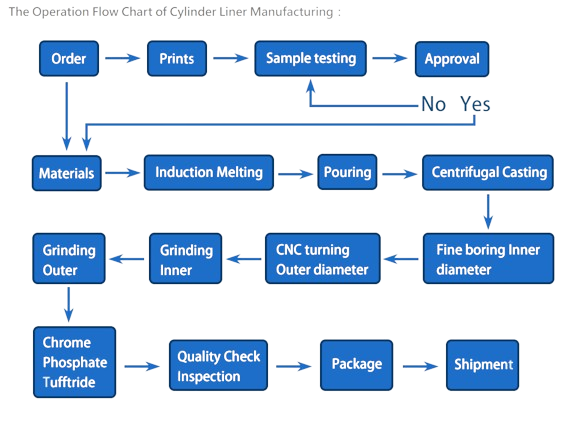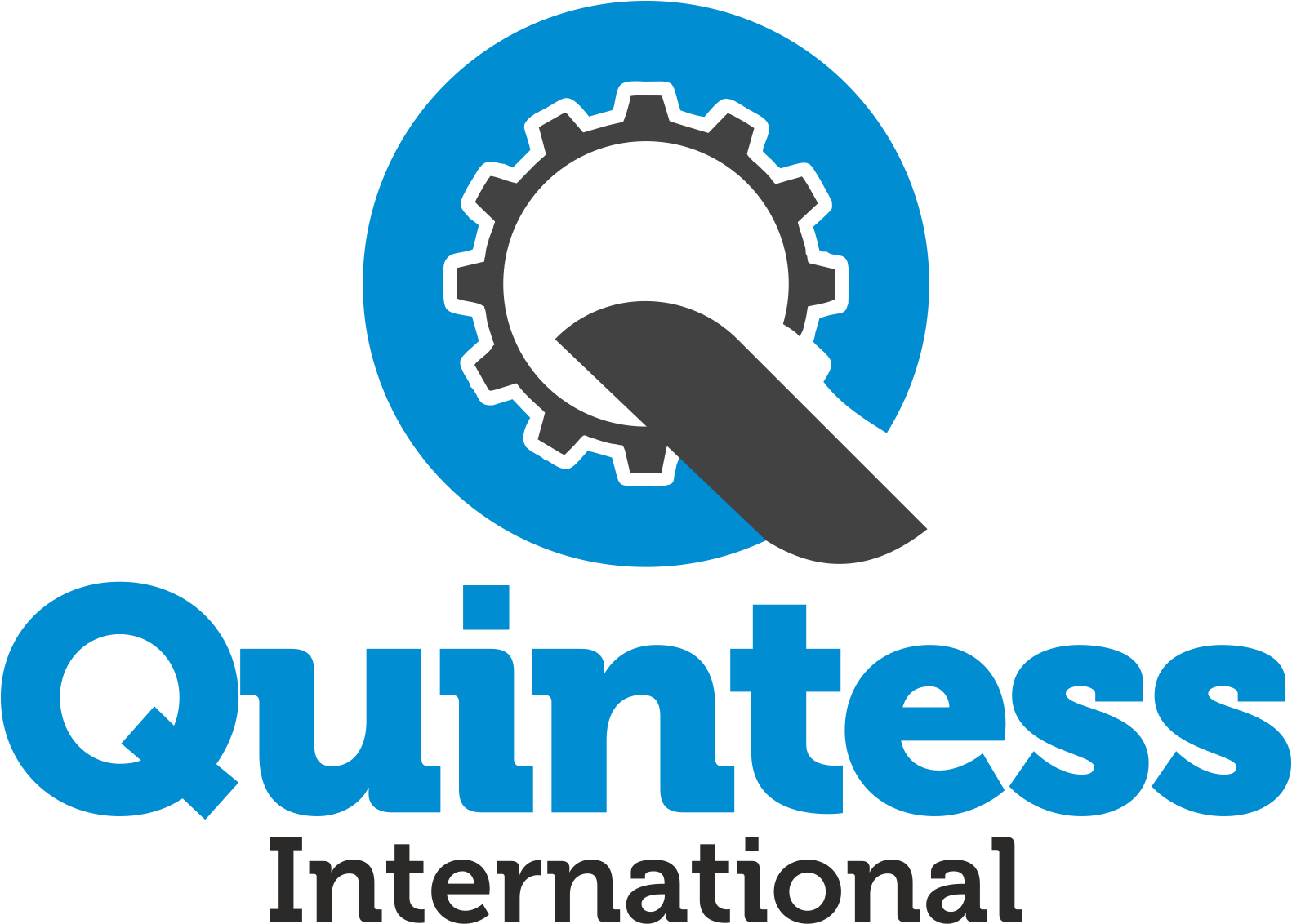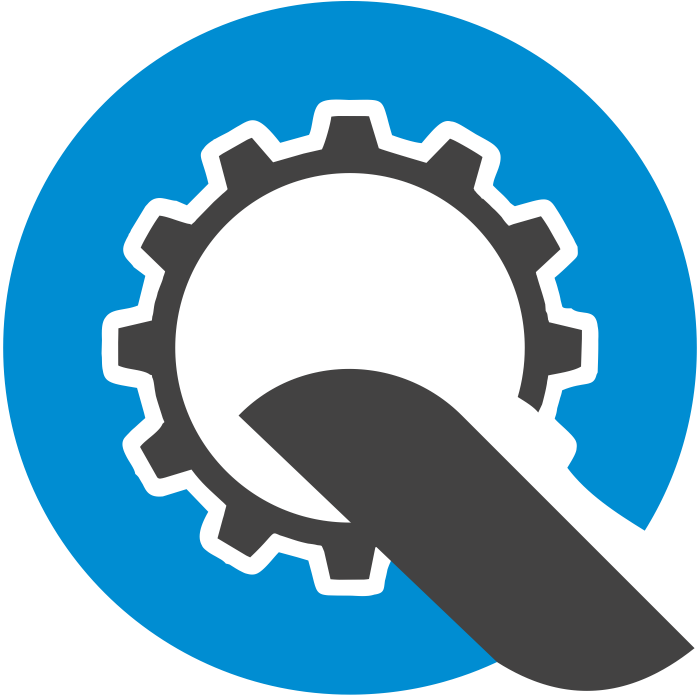At Quintess International, the manufacturing process of cylinder liners is, indeed, a highly precise operation, ensuring that each liner produced meets the highest standards of quality and performance. Moreover, the process combines advanced technology with rigorous quality control to create liners that are not only durable but also efficient and perfectly suited to their intended applications. Therefore, let’s take a closer look at each step involved in the production process at Quintess International.
1. Material Selection
The first step in manufacturing cylinder liners is selecting the appropriate material. For instance, common materials include cast iron, alloyed cast iron, and various grades of steel. Moreover, cast iron, particularly grey cast iron, is often chosen for its excellent wear resistance and ability to retain lubrication, consequently, which reduces friction.
2. Melting and Alloying
The material is melted in a furnace after it has been chosen. Chromium, molybdenum, nickel, and vanadium are examples of alloying elements that may be added during this step to improve certain qualities including toughness, wear resistance, and thermal stability.
3. Casting
The molten metal is then poured into Molds to form the basic shape of the cylinder liner. Two main casting methods are typically used:
Centrifugal Casting: In this process, the molten metal is poured into a rotating Mold. The centrifugal force pushes the metal against the mold walls, ensuring a dense, defect-free liner with a fine-grained structure, which is ideal for high-performance applications.
Sand Casting: This involves pouring molten metal into a sand mold. It’s less expensive than centrifugal casting but might produce liners with more surface imperfections, making it suitable for less demanding applications.
4. Cooling and Solidification
After casting, the liner is allowed to cool and solidify. Furthermore, the cooling rate can significantly affect the microstructure and mechanical properties of the liner. Therefore, controlled cooling processes are used to achieve the desired properties.
5. Heat Treatment
Heat treatment processes, such as annealing, normalizing, or tempering, are performed to relieve internal stresses, improve machinability, and enhance mechanical properties like hardness and toughness. Furthermore, this step is crucial for achieving the desired balance between wear resistance and strength.
6. Machining
Once heat-treated, the cylinder liners undergo machining to achieve precise dimensions and surface finishes. To begin with, this step involves several sub-processes:
Firstly, Boring: Enlarging the interior diameter to a precise size.
Next, Honing: Creating a cross-hatched pattern on the inner surface to help retain lubrication and ensure a good seal with the piston rings.
Finally, External Machining: Shaping the outer surface to fit precisely into the engine block.
7. Quality Inspection
After machining and surface treatment, each cylinder liner undergoes rigorous quality control checks. Specifically, these inspections include:
Dimensional Inspection: Ensuring the liner meets specified dimensions and tolerances.
Surface Finish Inspection: Checking the surface roughness and cross-hatch pattern of the honed surface.
Non-destructive Testing: Using techniques like ultrasonic testing or magnetic particle inspection to detect internal defects or cracks.
8. Packaging and Shipping
At Quintess International, the final steps in the manufacturing process of cylinder liners are, therefore, packaging and shipping. Moreover, these steps are crucial to ensure that the high-quality cylinder liners reach customers in perfect condition, ultimately ready for use in their intended applications.



